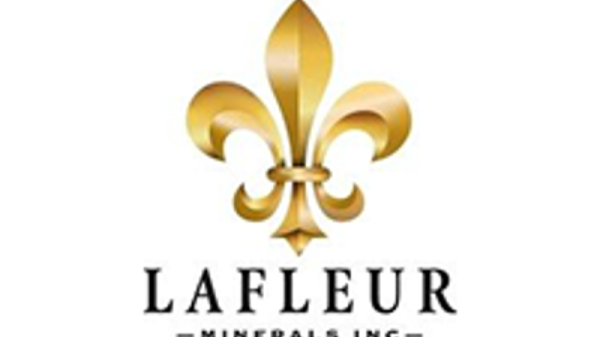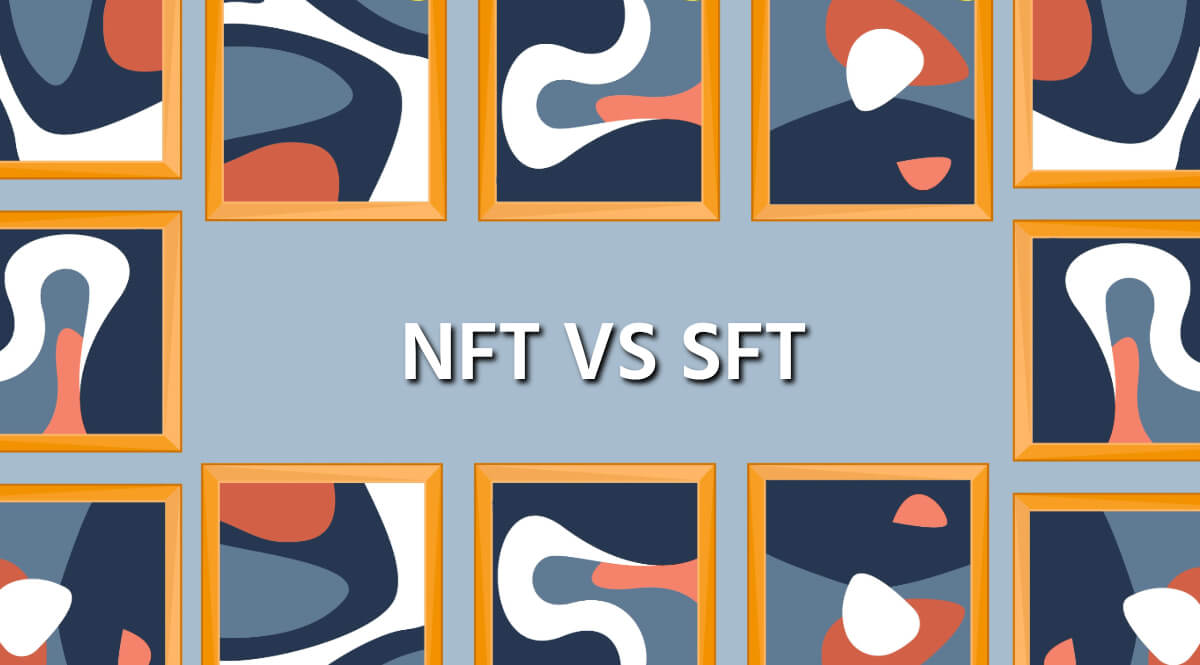What is the Difference Between NFT vs SFT?
What is the Difference Between NFT vs SFT ? The digital world is constantly evolving, and the emergence of NFTs and SFTs is a striking example of this. These concepts, although new to many, have the potential to transform the way we interact with the digital world.
We are on the cusp of a major transformation in how we perceive and validate ownership in the digital world. NFTs and SFTs play a central role in this revolution, affecting many aspects of our daily lives. It is essential to understand these concepts because they shape the future of digital.
As we delve deeper into the key differences between NFTs and SFTs, it’s clear that each has its unique implications and uses, driving innovation and engagement in blockchain applications.
What is the difference Between NFT vs SFT Key Takeaways
Versatility: SFTs provide greater versatility than NFTs as they can switch between fungible and non-fungible states.
Applicability in Different Situations: SFTs are especially beneficial in situations where the value or attributes of an item may fluctuate, while NFTs are ideal for assets needing distinct, unchanging identities.
Trading Environment: NFTs are commonly exchanged on specialized platforms dedicated to unique digital assets, whereas SFTs may have broader usage and trading opportunities, particularly in settings where items undergo transitions.
Fungible vs Non-fungible
First, fungibility refers to the ability to exchange objects or assets interchangeably. Take the example of banknotes: a 10 euro banknote has the same value as another 10 euro banknote, which makes them fungible.
To properly understand non-fungible and semi-fungible assets, we need a solid grasp of fungibility and non-fungibility.
Fungibility means an asset class can be exchanged on a 1-1 ratio. For example, if you have 1 dollar, and your friend has another dollar, you can exchange your dollar with your friend’s and still retain the same monetary value.
Both dollars, regardless of their physical condition, hold the same value. This class includes cryptocurrencies and fiat currencies.
However, the situation is different for assets that cannot be exchanged on a 1-1 ratio due to their uniqueness.
Non-fungibility refers to the unique characteristics each digital asset holds. For instance, non-fungible tokens act as unique digital stamps that establish ownership of a particular asset.
You cannot interchange two non-fungible tokens because they have different rarity, characteristics, value, and popularity.
A quick summary is this. SFT are interchangeable and have the same value, like any fiat currency. On the other hand non-fungible assets are unique and cannot be exchanged like-for-like
What is the difference Between NFT vs SFT
NFT: digital uniqueness
NFTs, or non-fungible tokens, represent uniqueness in the digital world. Each NFT is distinct and guarantees the authenticity and ownership of a digital object. Although often associated with digital art or collectibles, NFTs have much broader potential. They can serve as digital certificates of ownership, eliminating the need for intermediaries and providing robust digital trust.
ERC-721 Standard
ERC-721 is a free and open standard that outlines how to create non-fungible or unique tokens on the Ethereum blockchain.
ERC-721 introduces a standard for non-fungible tokens (NFTs).
Each ERC-721 token is unique and represents ownership of a specific asset.
These tokens can track individual details like ownership history.
They are ideal for representing one-of-a-kind items such as digital art, collectibles, or real estate in virtual worlds.
What are NFTs used for?
NFTs represent unique assets and have individual characteristics that make each one different. Here are some key uses for NFTs:
Art and Collectibles: NFTs are widely used in the digital art market, where each token represents ownership of a unique piece of artwork or a collectible.
Gaming: In video games, NFTs can represent unique in-game items like weapons, outfits, or characters, each with their own distinct attributes.
Real Estate: In virtual worlds or metaverses, NFTs can represent ownership of digital land or properties.
Identity and Certifications: NFTs can be used for digital identity, educational certificates, and other personal records that benefit from being unique and verifiable.
SFT: between uniqueness and interchangeability
SFT meaning is semi-fungible tokens, combining obviously the characteristics of fungible and non-fungible assets. They can be compared to vouchers, which are exchangeable but have unique attributes. For example, a concert ticket for a specific seat may be considered semi-fungible if it shares certain characteristics with other tickets for the same event.
ERC-1155 Standard
The ERC-1155 token standard stands out as an innovative development. Known as the Semi-Fungible Token Standard (SFT), it uniquely combines the features of fungible and non-fungible tokens. This standard overcomes the restrictions found in earlier standards such as ERC-20 and ERC-721.
ERC-1155 offers a more versatile standard that covers both non-fungible (unique) and semi-fungible tokens.
It allows a single contract to manage multiple token types, which can be either fungible or non-fungible.
This standard is efficient for scenarios like gaming where a player might need various types of tokens (weapons, armor, etc.) that could evolve or upgrade.
ERC-1155 simplifies the transfer and management of multiple token types, reducing the transaction and storage costs compared to ERC-721.
In essence, while ERC-721 focuses solely on non-fungible tokens, offering uniqueness for each token, ERC-1155 provides a more flexible and efficient approach by accommodating both non-fungible and semi-fungible tokens within a single contract, ideal for diverse and dynamic use cases.
What are SFTs used for?
SFTs start as fungible, meaning they are interchangeable and not unique, but they can become non-fungible upon a specific condition being met. This dual nature allows them to be used in different contexts.
Gaming: SFTs are particularly useful in gaming for items that may be identical initially but can change or upgrade over time, such as a weapon that becomes unique after it’s used in a specific way.
Event Tickets: Tickets for events can be issued as SFTs, which are interchangeable until they are redeemed or the event occurs, at which point they may become collectibles or gain unique characteristics based on the event specifics.
Subscription Services: SFTs can be used to represent subscriptions where tokens are identical when issued but may change based on the duration or specific services accessed.
Customer rewards: Businesses can create loot box experiences with SFTs as a reward mechanism for customers. When a customer gets an SFT loot box access token, they can participate in a lucky draw to win an in-game or loyalty program item. Customers can trade these tokens with each other before activating the SFT loot box token.
NFT vs SFT: pros and cons
Non-Fungible Tokens (NFTs) PROS
Proof of Ownership: NFTs provide undeniable evidence of ownership, helping creators secure recognition and royalties.
Versatility: NFTs have diverse uses across different sectors such as art, gaming, and virtual real estate, offering varied investment avenues.
Support for Artists: NFTs offer artists a platform to showcase and sell their work transparently and continue earning from secondary market sales.
Non-Fungible Tokens CONS
Environmental Impact: The energy required for NFT transactions on certain blockchains has sparked environmental concerns.
Market Saturation: The growing number of NFTs may dilute values and make it harder for new entries to get noticed.
Semi-Fungible Tokens (SFTs) PROS
Transactional Efficiency: SFTs make transactions more efficient in areas needing standardized yet identifiable items, like ticketing.
Consistency and Trust: SFTs maintain specific standards, ensuring compatibility and reliability across various systems.
Unique Identifiers: SFTs support unique serial numbers and metadata, fitting well with needs for distinct identification in standardized contexts.
Semi-Fungible Tokens CONS
Restrictions on Uniqueness: SFTs’ lack of complete uniqueness restricts their use in areas needing fully unique items, such as art.
Operational Complexity: SFTs can be complex to manage due to their varied identifiers, particularly in sectors with diverse item features.
The impact of NFTs and SFTs in the real world
These technologies go well beyond simple collecting. NFTs can combat counterfeiting by securing everything from diplomas to property titles. SFTs, for their part, have the potential to transform our access to events, our participation in games or our management of subscriptions.
What is the difference between NFT vs SFT – Bottom Line
NFTs (Non-Fungible Tokens) and SFTs (Semi-Fungible Tokens) play pivotal roles in blockchain technology. These types of tokens, governed by smart contracts, have transformed how we view ownership and trade digital assets across various sectors.
NFTs, unique and non-interchangeable, dominate areas like digital art, real estate, and metaverse environments, marking a revolutionary shift in asset classes.
On the other hand, SFTs combine the features of fungible tokens and NFTs, offering flexibility in applications such as game assets in the gaming industry and multi-token systems.
Both token standards are critical for blockchain gaming developers, as they provide tools to create dynamic in-game economies.
While NFTs ensure the uniqueness of items, making them prized in the gaming industry, SFTs enable the efficient management and transaction of grouped or evolving assets. This distinction shapes how developers and investors approach blockchain ecosystems.
In summary, the choice between using an NFT or an SFT depends on the nature of the asset being tokenized and the specific requirements for how it should be traded, used, or transitioned over time.
The post What is the Difference Between NFT vs SFT? appeared first on FinanceBrokerage.


































